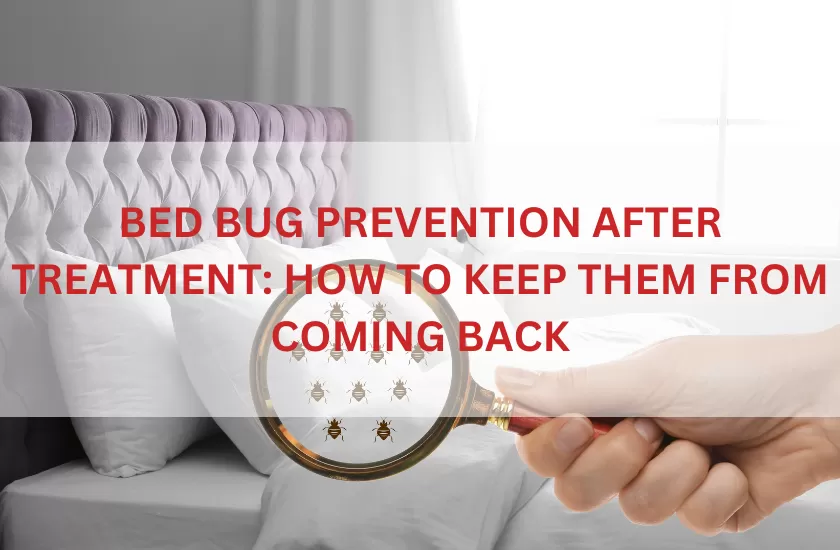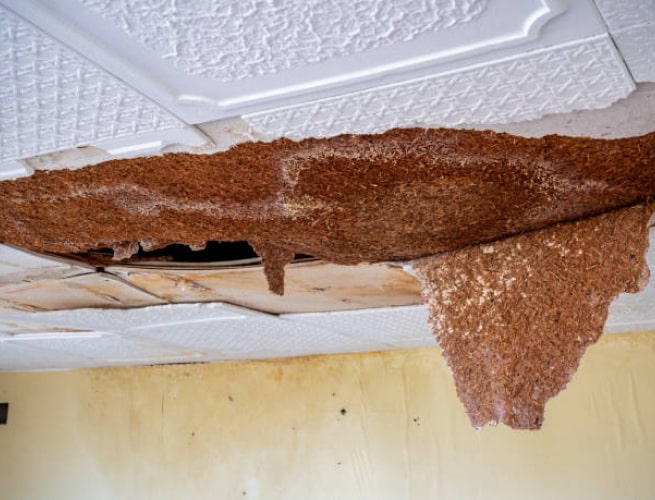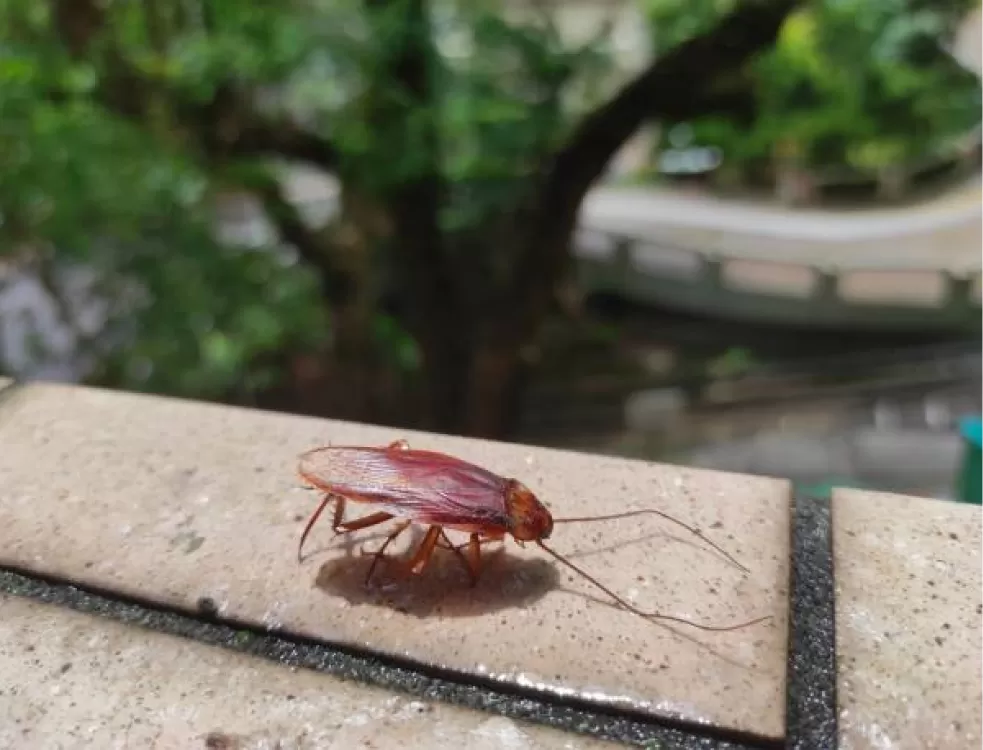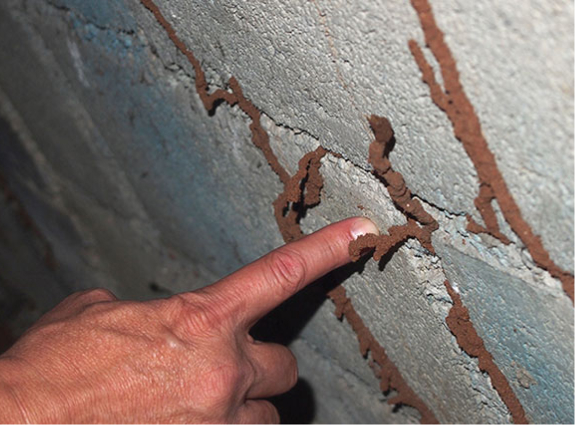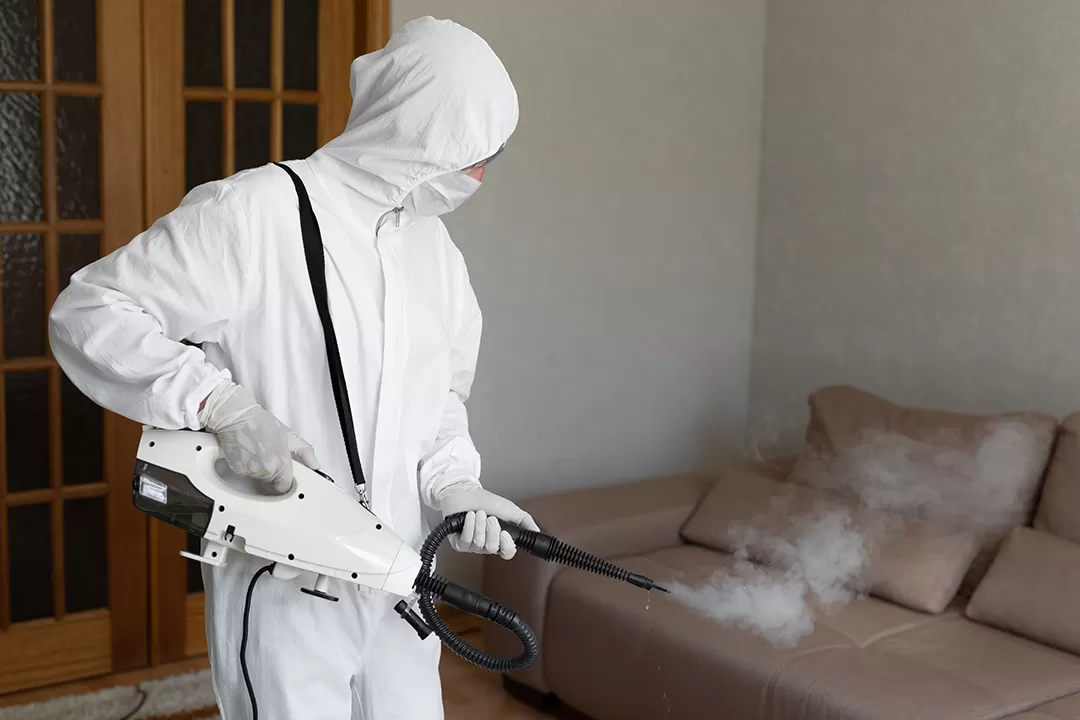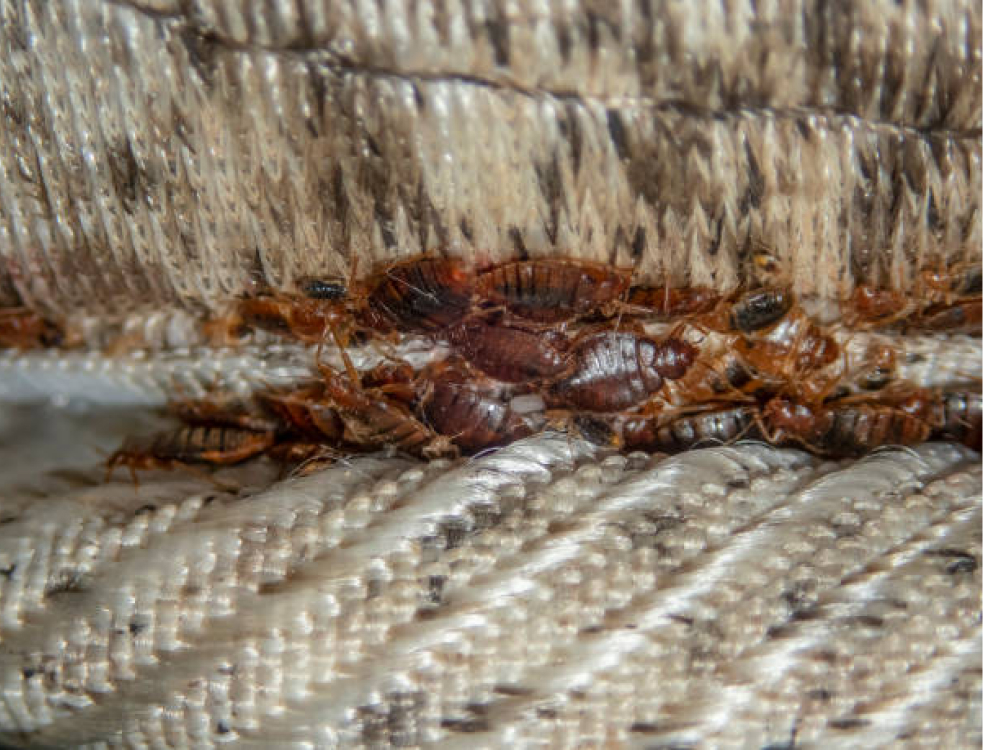Bed bugs are among the most dreaded pests in homes, offices, and public places. Known for their tiny size, ability to hide in the smallest cracks, and propensity to feed on human blood, bed bugs can cause discomfort and sleepless nights. After successful bed bug treatment, it’s crucial to adopt preventive measures to keep them from returning. While professional extermination can effectively eliminate an infestation, post-treatment efforts are necessary to ensure long-term protection from a re-infestation. This article outlines practical strategies to prevent bed bugs from coming back after treatment.
1. Understand the Bed Bug Life Cycle
One of the first steps in preventing bed bugs from returning is understanding their life cycle. Bed bugs go through five developmental stages before becoming adults, and each stage requires a blood meal to progress to the next. Although professional treatments often target both adult bed bugs and their eggs, residual eggs can hatch after treatment. This makes it important to remain vigilant even after you think the bed bugs have been eradicated. Knowledge of their life cycle will help you anticipate potential issues and stay proactive in preventing a re-infestation.
2. Inspect and Clean Regularly
Even after treatment, frequent inspection and cleaning are essential in keeping bed bugs from returning. Follow these steps for thorough inspection and cleaning:
Regular Inspections:
Bed bugs can hide in cracks, crevices, and mattress seams, behind baseboards, inside furniture, and behind picture frames. Regularly inspect these areas, particularly in the bedroom and living spaces. Use a flashlight to check for tiny reddish-brown bugs, black spots (fecal matter), or shed skins, which can indicate the presence of bed bugs.
Vacuuming:
Regular vacuuming is an effective way to reduce the chances of bed bugs returning. Pay attention to areas where bed bugs are most likely to hide, such as along mattress seams, cracks in floors, under furniture, and around baseboards. After vacuuming, seal and dispose of the vacuum bag outside the house to avoid bringing the bugs back indoors.
Steam Cleaning:
Steam cleaning is especially useful in killing bed bugs in areas where vacuuming may not be as effective. The high heat from the steam kills bed bugs and their eggs on contact, making it an excellent preventive measure. Be sure to target mattresses, couches, curtains, and other upholstered furniture where bed bugs may hide.
3. Encase Mattresses and Box Springs
After treatment, using bed bug-proof mattresses and box spring encasements is a critical step in ensuring bed bugs do not come back. These encasements are made from materials that are designed to trap bed bugs inside, should any survive the treatment, and to prevent new ones from entering. Once encased, any trapped bed bugs eventually die from lack of access to food. When buying encasements, ensure they are labeled as “bed bug-proof,” with zippers that fully seal the mattress and box spring.
4. Minimize Clutter
Clutter offers bed bugs more places to hide, which can make it harder to detect an infestation early. A cluttered home provides bed bugs with an abundance of cracks and crevices to hide in. After treatment, declutter your home, particularly around sleeping areas. Consider minimizing unnecessary items, such as old books, unused furniture, or piles of clothes. The more open and organized your home is, the easier it will be to detect and prevent future infestations.
5. Seal Cracks and Gaps
One of the most effective ways to prevent bed bugs from returning is by eliminating potential hiding spots. Bed bugs can squeeze into incredibly tiny spaces, such as cracks in walls, floors, and furniture. After treatment, seal all visible cracks and gaps in walls, baseboards, and around electrical outlets and windowsills. You can use caulk or another suitable sealant to close these spaces. By sealing entry points, you minimize the areas where bed bugs can hide and lay eggs.
6. Use Interceptor Traps
Bed bug interceptor traps are simple yet effective tools for monitoring any lingering bed bugs or new infestations. These traps are designed to be placed under the legs of your bed or furniture. Bed bugs attempting to climb up to feed on you will get trapped in these devices. By regularly checking interceptor traps, you can monitor whether bed bugs are present and act immediately if necessary. Many pest management professionals recommend leaving these traps in place for a few months after treatment to catch any stragglers.
7. Be Cautious With Second-Hand Furniture and Clothing
Bed bugs are excellent hitchhikers and can easily be brought into your home on second-hand furniture, clothing, or other belongings. While thrifting or buying second-hand can be budget-friendly, it is important to take precautions:
- Inspect Used Furniture: Before bringing any second-hand furniture into your home, inspect it thoroughly for bed bugs. Check the seams, crevices, and undersides of couches, chairs, and mattresses for signs of bed bugs or eggs.
- Wash Second-Hand Clothing: If you buy second-hand clothing, wash and dry it on high heat before bringing it inside. Bed bugs and their eggs cannot survive high temperatures, making laundering an effective preventive measure.
8. Monitor Travel Habits
Traveling is one of the most common ways people unknowingly bring bed bugs home. Hotels, public transportation, and other travel hubs are hotspots for bed bug activity. To prevent bed bugs from hitching a ride home, follow these travel tips:
- Inspect Hotel Rooms: Before settling into a hotel room, inspect the mattress, bed frame, and furniture for signs of bed bugs. If you find evidence of bed bugs, request a different room or consider finding alternative accommodations.
- Keep Luggage Off the Floor: Use luggage racks instead of placing your suitcase on the bed or floor. Bed bugs are more likely to hide in beds and carpets, so using an elevated surface can reduce the risk of bringing them home.
- Unpack Carefully: When returning home from a trip, unpack your luggage outside or in the bathroom, where bed bugs are less likely to hide. Wash all clothing in hot water and vacuum your suitcase to eliminate any bed bugs that may have hitched a ride.
9. Consider Regular Professional Inspections
Even after thorough treatment and preventive measures, it’s a good idea to have regular inspections from a professional pest control service. These inspections can help identify early signs of re-infestation, allowing for timely intervention. Professional pest control experts can use specialized tools and knowledge to spot bed bugs in hard-to-reach places.
10. Educate Yourself and your Household Members
Education is key to long-term prevention. Make sure that everyone in the household knows the signs of a bed bug infestation and understands the steps to prevent one. The more informed everyone is, the more likely they are to avoid behaviors that can bring bed bugs into the home, such as bringing in used furniture without inspecting it or traveling without taking precautions.
Conclusion
Bed bug prevention doesn’t end with treatment; it requires consistent effort to keep them from coming back. By understanding the life cycle of bed bugs, adopting regular inspection and cleaning practices, using encasements and interceptor traps, and being cautious with second-hand items and travel habits, you can significantly reduce the chances of a re-infestation. Regular professional inspections, sealing cracks and gaps, and maintaining a clutter-free environment will further safeguard your home from these persistent pests. With the right preventive measures in place, you can enjoy peace of mind knowing that your home is protected from the return of bed bugs.
For complete peace of mind, consider partnering with a pest control company in Singapore to keep bed bugs at bay. While preventive measures are essential, regular professional inspections and treatments add an extra layer of protection, ensuring that bed bugs don’t return. Don’t leave your home’s safety to chance—reach out to a trusted pest control provider today to secure a bed bug-free environment for you and your family.

